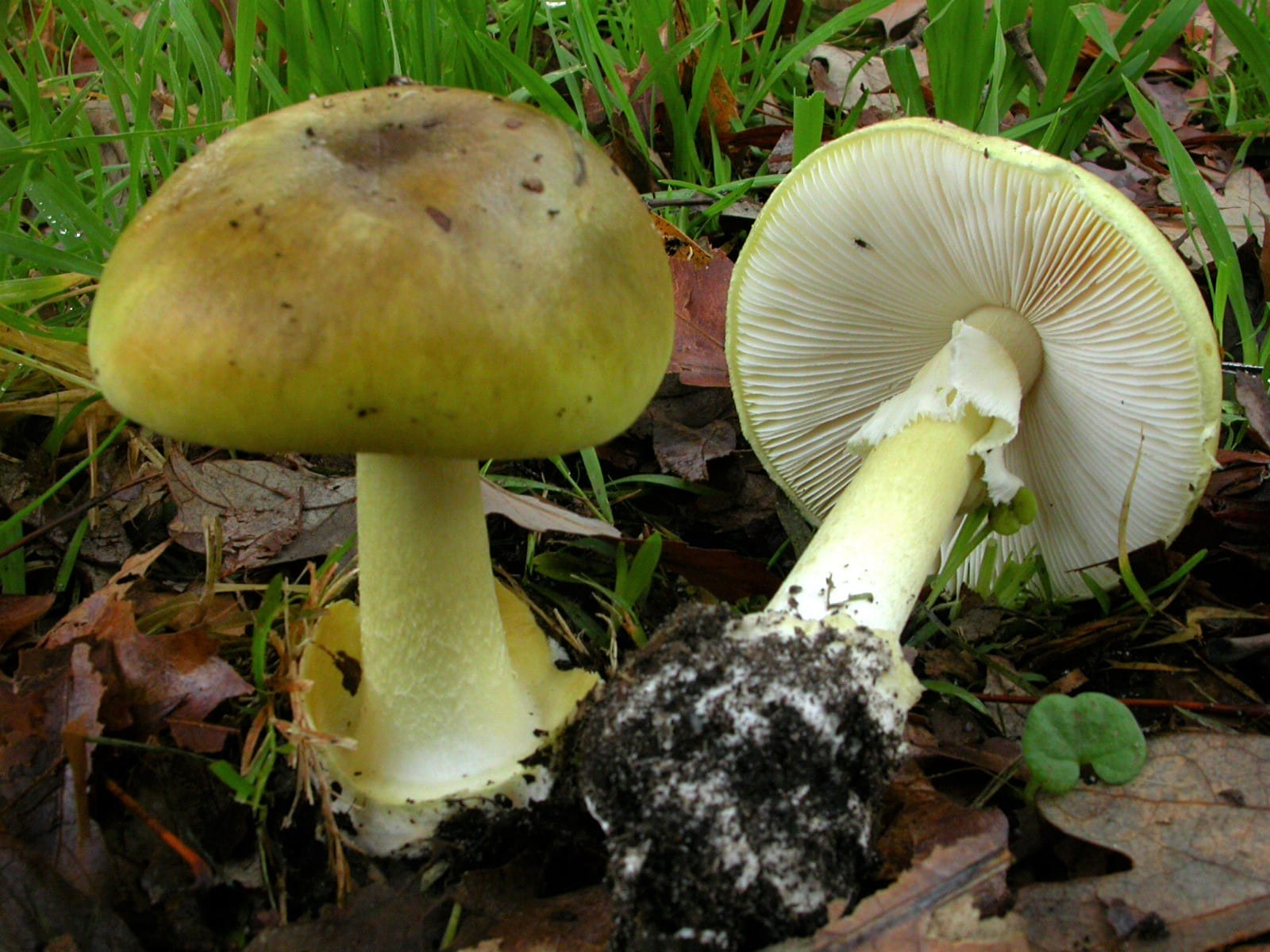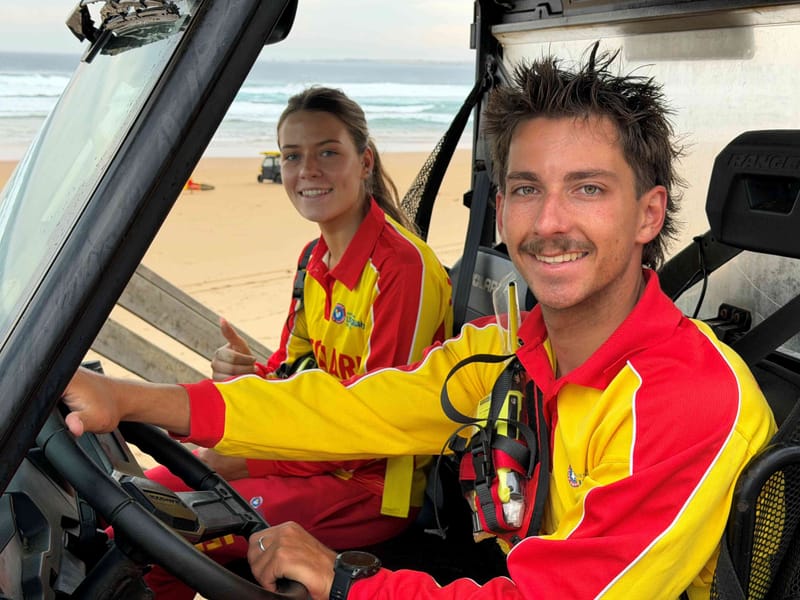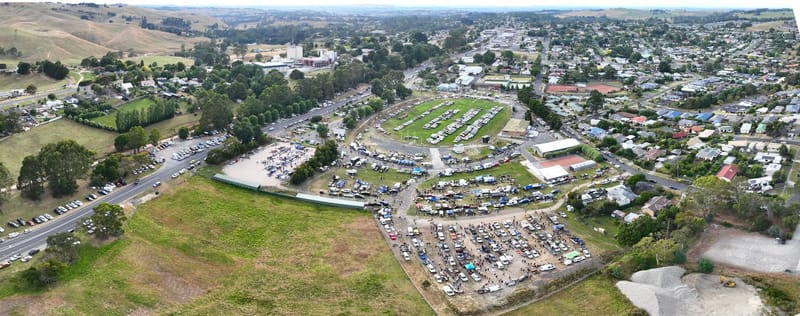Mushroom toxicology ‘could take weeks’ they say
IF HOMICIDE Police and the local community are waiting on a toxicology report to shed light on what happened at a family lunch in Leongatha on Saturday, July 29, they could be waiting for a while. That’s the view of forensic toxicology authority...

IF HOMICIDE Police and the local community are waiting on a toxicology report to shed light on what happened at a family lunch in Leongatha on Saturday, July 29, they could be waiting for a while.
That’s the view of forensic toxicology authority, Dr Michael Robertson, who provided his expert opinion for a special report by ABC-TV on Thursday night this week.
Dr Robertson, a highly regarded expert witness in criminal law cases, family law, personal injury, medical negligence and workplace cases said it could be weeks before authorities know what may have caused the deaths of three Korumburra people, allegedly as a result of eating poisonous mushrooms.
The incident has certainly put the spotlight on the dangers of eating toxic mushrooms, especially death cap mushrooms which police said on Monday this week, was indicated in the symptoms of the deceased, and the only surviving guest at the lunch, 68-year-old Korumburra Baptist Church Pastor, Ian Wilkinson.
However, as revealed by the ABC-TV report, poisoning by mushrooms is rarely reported, a situation which increases the difficulty and time taken to arrive at a finding.
At this stage, there has been no confirmation that poisonous mushrooms were even consumed at the meal. It is simply the main line of inquiry for police.
But that’s where a toxicology report comes in, analysing drugs and poisons in biological tissue with most testing in Victoria carried out by the Institute of Forensic Medicine, incidentally the place where Dr Robertson studied while completing his PhD.
The program revealed that if death cap mushrooms were consumed, it would have been the absorption of the deadly toxin alpha-Amanitin, a cyclic peptide of eight amino acids, the most deadly of all the amatoxins toxins found in several species of mushrooms, that would have destroyed the kidneys and livers of the victims.
“What will then happen is the liver excretes the toxin and that excretion through the bile goes into your intestine, and then we reabsorb it so you get a cycle of toxicity,” said Dr Robertson.
“And that ongoing toxicity can ultimately kill the liver,” he said.
But, according to the ABC-TV report, pinpointing a toxin or toxins that caused the deaths in Leongatha-Korumburra can be very complex.
“That's because a toxicologist would need to compare what was found in a victim's blood or urine samples, against a sample of a known toxin in forensics called reference standards,” said the ABC report.
“Complicating things further is the fact that fatal mushroom poisonings are very rare, so a laboratory might not even have the reference standards to begin with.”
Dr Robertson said it could take several weeks to get the reference material.
“If the laboratory doesn't have that, and it wouldn't surprise me if the Institute of Forensic Medicine didn't have that on the shelf, they would have to purchase that, and that process might take a week or two weeks if they can get it locally, which would be quicker.
“But often you have to go overseas.”
Even when the reference standards are available, there’s further testing and data checking before the results are sent to a pathologist who can determine the cause of death.
So, it could easily be weeks, or up to a month before information is available about what caused the deaths of three Korumburra people; Don Patterson, 70, his wife Gail, 70, and her sister Heather Wilkinson, 66.
The other victim, Ian Wilkinson remains in intensive care at the Austin Hospital in Melbourne, waiting on the liver transplant list.





